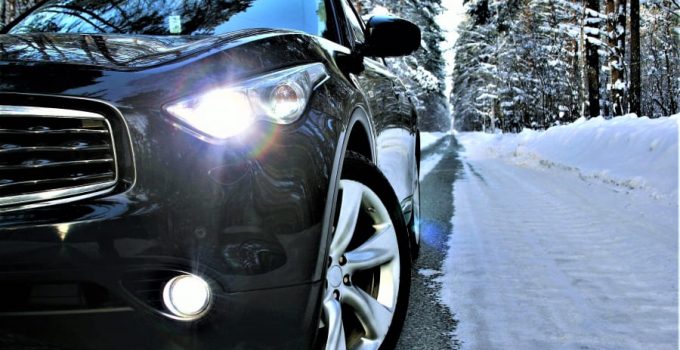
ATTESA (Advanced Total Traction Engineering System for All-Terrain) is the designation for all-wheel drive systems used in Nissan and Infiniti cars. The system first appeared in 1987 when the Nissan Bluebird U12 was launched. The system improves the car's off-road capabilities and gives it more traction on slippery surfaces. This allows the engine's torque to be used efficiently. In addition, it improves vehicle dynamics and cornering stability.
Contents
How it works
The ATTESA all-wheel drive can be either permanent or automatic. In the early years, vehicles with transverse engines were fitted with a transfer case with a planetary center differential. It was locked by a viscous clutch. The torque of the engine was distributed to all four wheels according to the nature of the road.
Later, automatic all-wheel drive was used. It doesn't have a center differential. Instead, a bevel gear in the transfer case is connected to an additional shaft of the front differential. This gear transmits the torque to the cardan shaft. The cardan shaft is connected to the final drive of the rear axle via a viscous coupling, which is controlled by the on-board computer.
A more complex system is used in vehicles with a longitudinal engine. A multi-plate clutch with a pump is installed in the transfer case. When the clutch is disconnected, 100% of the engine torque is sent to the rear axle only.
Features
| Name | Type of drive | Special features | Year of manufacture | Cars equipped with this system |
| ATTESA | Permanent | A viscous coupling locks the central differential. | 1987 | Nissan Bluebird U12, U13; Pulsar C13; Primera P10. |
| Automatic | If the front axle slips, the rear axle is engaged by the viscous coupling and can reach up to 50% of the engine torque. | 2000 | Nissan Bluebird G10, N16; Pulsar C13; Primera P12. | |
| ATTESA E-TS | Automatic | A multi-plate clutch is used as the center differential. This means that up to 50% of the torque can be sent to the front axle. On some models, the coupling can be locked manually using a button. In this mode, the torque is distributed evenly to the front and rear axles. | 1989 | Nissan Skyline R32, R33, GT-R, GTS-4, Cefiro SE4 LNA31, Stagea, Laurel C34, C35, Cedric; Infiniti M Y51, QX4, G V35, V35, M35 Y50, 37 Y51, QX70 Y51, EX J50. |
| ATTESA E-TS Pro |   ; | The same units are used as with the ATTESA E-TS. The difference, however, is a rear, active locking differential, which distributes the torque between the wheels. | 1995 | Nissan Skyline R33, R34. |
